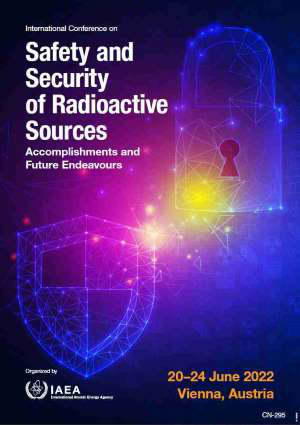Speaker
Description
In Nepal, radioactive sources are mainly used in the medical field. Small quantities of low-activity radioactive sources are used in research and education. In 2005, 2006, 2010, 2016 and 2017 Ministry of Education, Science & Technology has completed five projects and on inventory of radioactive sources being used in Nepal. Similarly, in 2020, Department of Health Services, Ministry of Health & Population has completed one project on inventory of radiation sources being used in Kathmandu and Bhartpur, Chittwon. A study was designed to determine the actual number of radioactive sources including country of origin, date of installation, source number, activity etc. After becoming a member country of the International Atomic Energy Agency (IAEA), the responsibility of Nepal has increased many folds. The United Nations (UN) Security Council Resolution 1540, which is binding on all member states, contains obligations regarding accounting and physical protection on nuclear materials as well as commitments to prevent trafficking in weapons-related material and their delivery systems. Radioisotopes in hospitals, academic institutions, research laboratories etc. in Nepal are categorized per IAEA Technical Document TECDOC-1344. While some significant steps have been taken to secure high activity radioisotopes in Nepal, with the help of the United States Department of Energy’s Office of Radiological Security (ORS), many challenges lie ahead in securing Nepal’s radioactive sources. Despite all the impending challenges, Radioactive Substances (Utilization and Regulation) Act 2020 has materialized effective as of July 2020. This has created a path for establishment of regulatory body which ultimately pave the way for rules and regulations for safety and security of radioactive materials in Nepal. In security of radioactive sources, previous Nuclear Materials Regulatory Directive, 2015 and the newly enacted Radioactive Substances (Utilization and Regulation) Act 2020 contain provisions for the establishment of requirements and standards for the security of radioactive material, based on the IAEA’s Safety Standard. For developing regulations, committee has been constituted for drafting of standards including security of radioactive sources. Recently, final draft has been completed and submitted to concerned minister’s office for further procedure.
Key words: act, radioactive materials, radiation, radiological security, regulations
| Country OR Intl. Organization | NEPAL |
|---|

